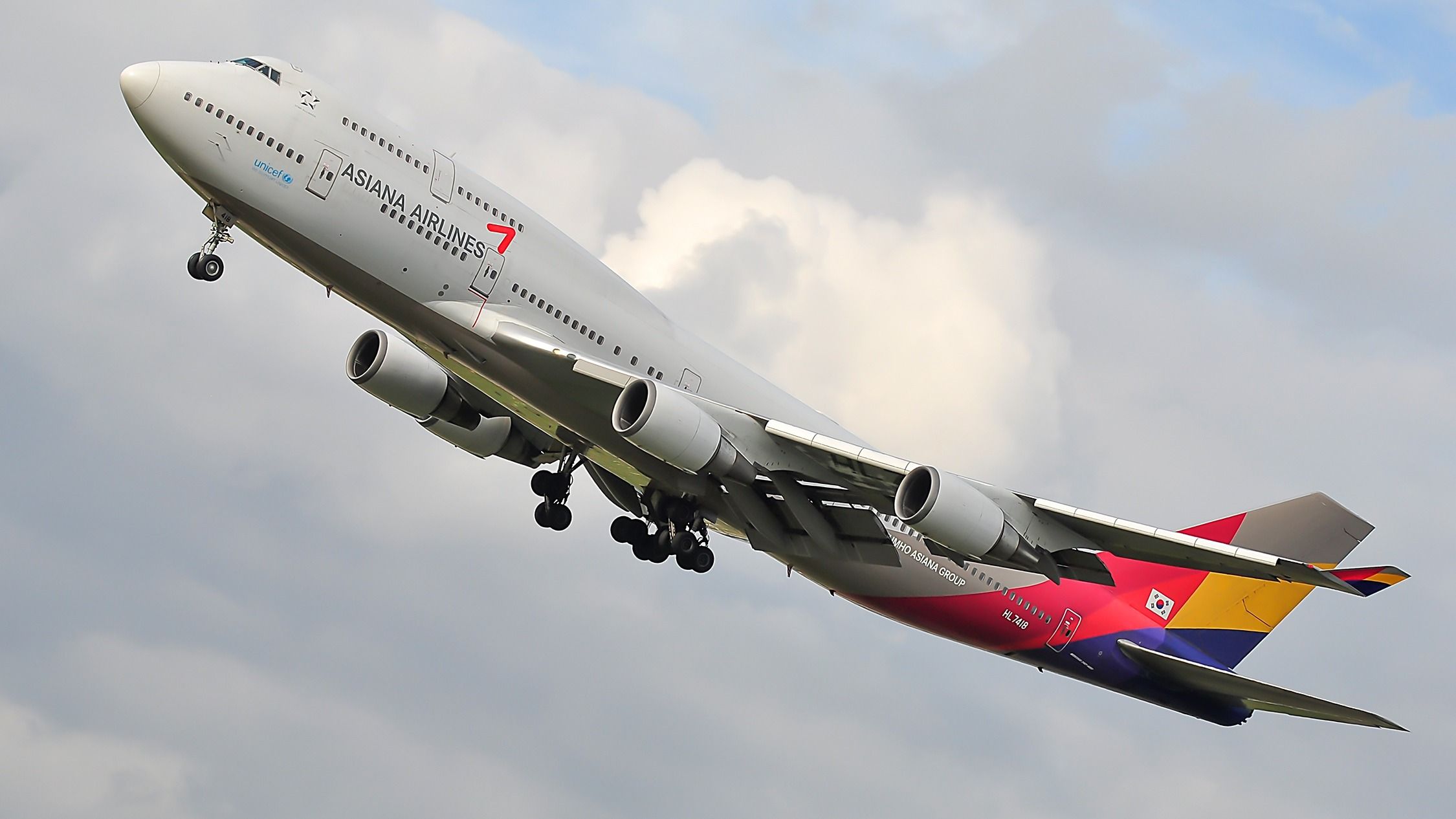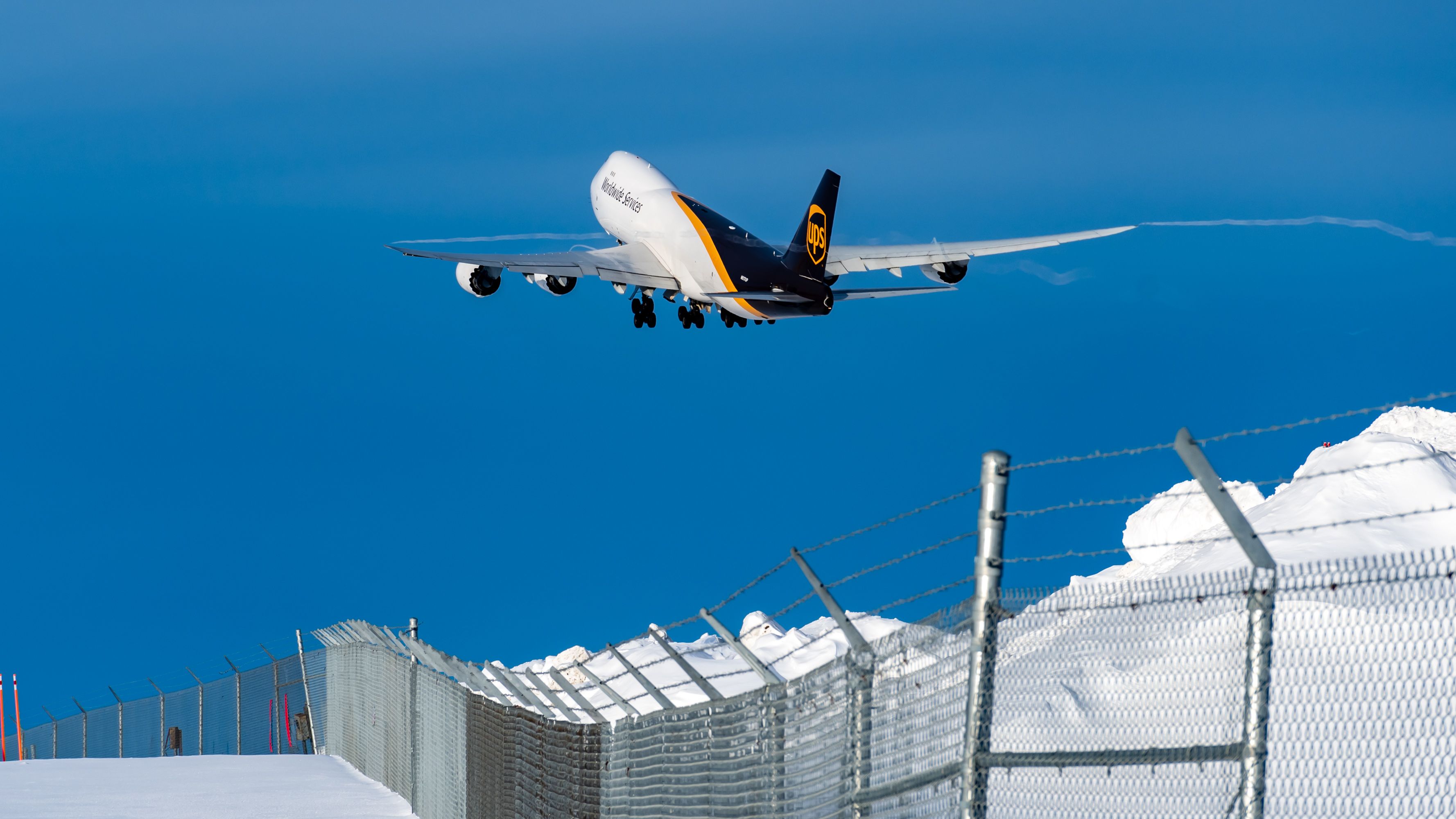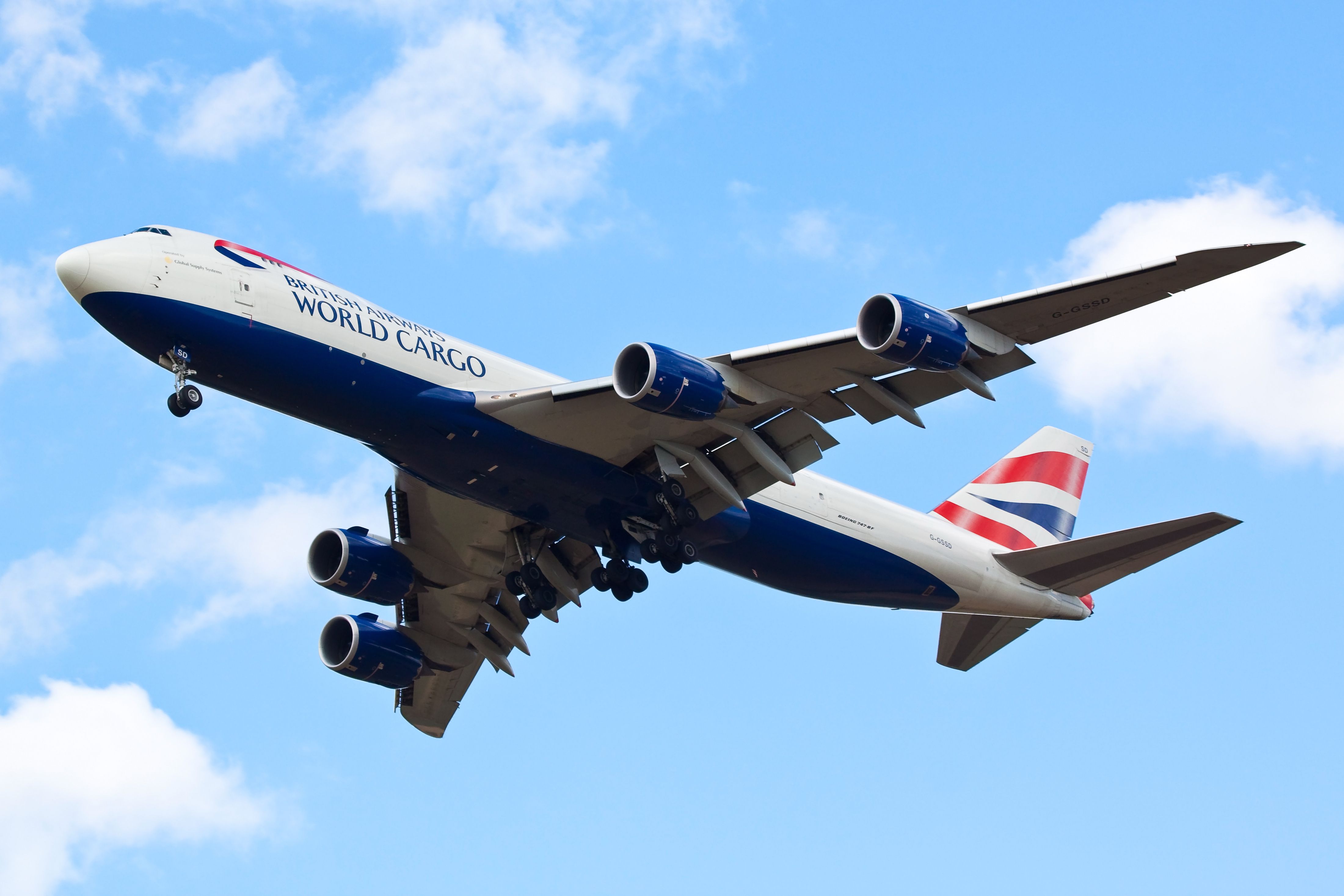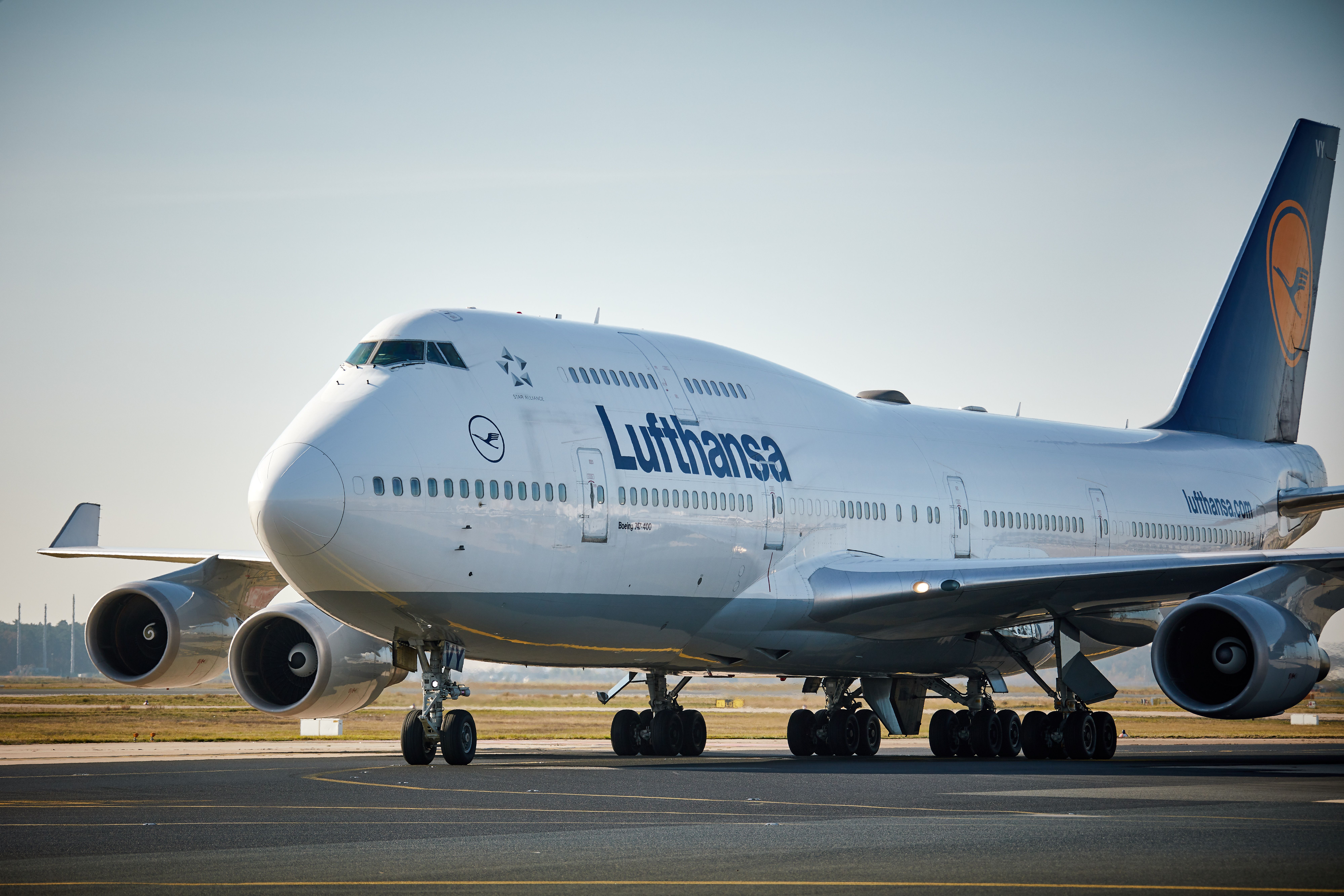Summary
- The Boeing 747 is a top-rated cargo airliner with iconic status, though it was discontinued as a passenger airliner in 2023.
- The 747-8 model can carry up to 410 passengers and has a range of 7,370 NM (13,650 km).
- Operating costs include fuel, maintenance, crew salary, and insurance, with fuel costs being the largest, followed by maintenance costs. A good estimate for per-hour operating costs is around $25,000.
The Boeing 747 is one of the most iconic aircraft ever to take to the skies. It was the first double-decker passenger jet that revolutionized commercial aviation. Though the model was discontinued in 2023 and is no longer the passenger airliner it once was, the aircraft is still top-rated amongst cargo airlines.
The 747 is one of the largest airliners, capable of carrying up to 600+ passengers in a high-density configuration and with a large enough range to connect any two cities worldwide. The latest iteration of the aircraft, the 747-8, can manage 8,875 NM (16,437 km).
|
Boeing 747-8 |
Specifications |
|---|---|
|
Passengers |
410 |
|
Range |
7,370 NM (13,650 km) |
|
Length |
250 ft 2 in (76.3 m) |
|
Wingspan |
224 ft 5 in (68.4 m) |
|
Height |
63 ft 6 in (19.4 m) |
|
Cruise Speed |
Mach 0.86 |
|
Total Cargo Volume |
6,225 cubic ft |
|
Maximum Takeoff Weight |
987,000 lb (447,700 kg) |
But with great size comes great cost. A large airframe means more components to maintain, and more components means more weight and more power, which requires more significant engines. The quad-engine jumbo jet is one of the most expensive aircraft to fly today, but how much does it cost to fly?
Operational costs
Executive Flyers highlights that the operational costs include the variable and fixed costs required to fly the aircraft in a year. There are many costs to consider when operating an aircraft, both fixed and variable. Costs like fuel, maintenance, crew salary, and insurance differ depending on the variant and the type of operation.
Photo: Joe Kunzler | Simple Flying
Fuel costs
The cost of fuel is the single largest cost of operating any aircraft, and the Boeing 747 has four massive, thirsty engines. The latest iteration is equipped with General Electric GEnx-2B67, fuel-efficient next-generation jet engines that are cheaper to run than the older models.
The figure changes with weight, altitude, and atmospheric conditions, but the 787–8 burns roughly 8.85 tons or 10,115 L per hour, around $7,150 per hour.
Maintenance costs
The second largest variable cost for airliners is maintenance costs. These can range from simple inspections and component replacements to engine overhauls. The maintenance costs change based on the aircraft’s type of operation, use, and age. According to Boeing,
“The 747-8 extensively incorporates new generation aluminum alloys—the same as those on the 777—and graphite composites in the flaps, spoilers, nacelles, and rudder. The materials are more durable and better able to resist corrosion and damage, which reduces maintenance and increases the time an airplane is available and productive. They’re also lighter, which helps minimize airplane weight. A lighter aircraft is more efficient, consumes less fuel, costs less to maintain, and is subject to lower weight-based navigation and landing fees.”
Photo: IanC66 | Shutterstock
A good standard would be to use engine overhaul costs. These are some of the highest maintenance costs an aircraft will incur. Engines must be overhauled after a set number of hours, and each GEnx engine of a 747-8 costs $13 million. Replacing all four engines will set an operator back $52 million.
Overall operating costs
As previously mentioned, there are many variables to consider when deciding the per-hour operating cost of a Boeing 747. However, Tom Farrier, a Retired US Air Force Command Pilot, puts the value at $25,000.
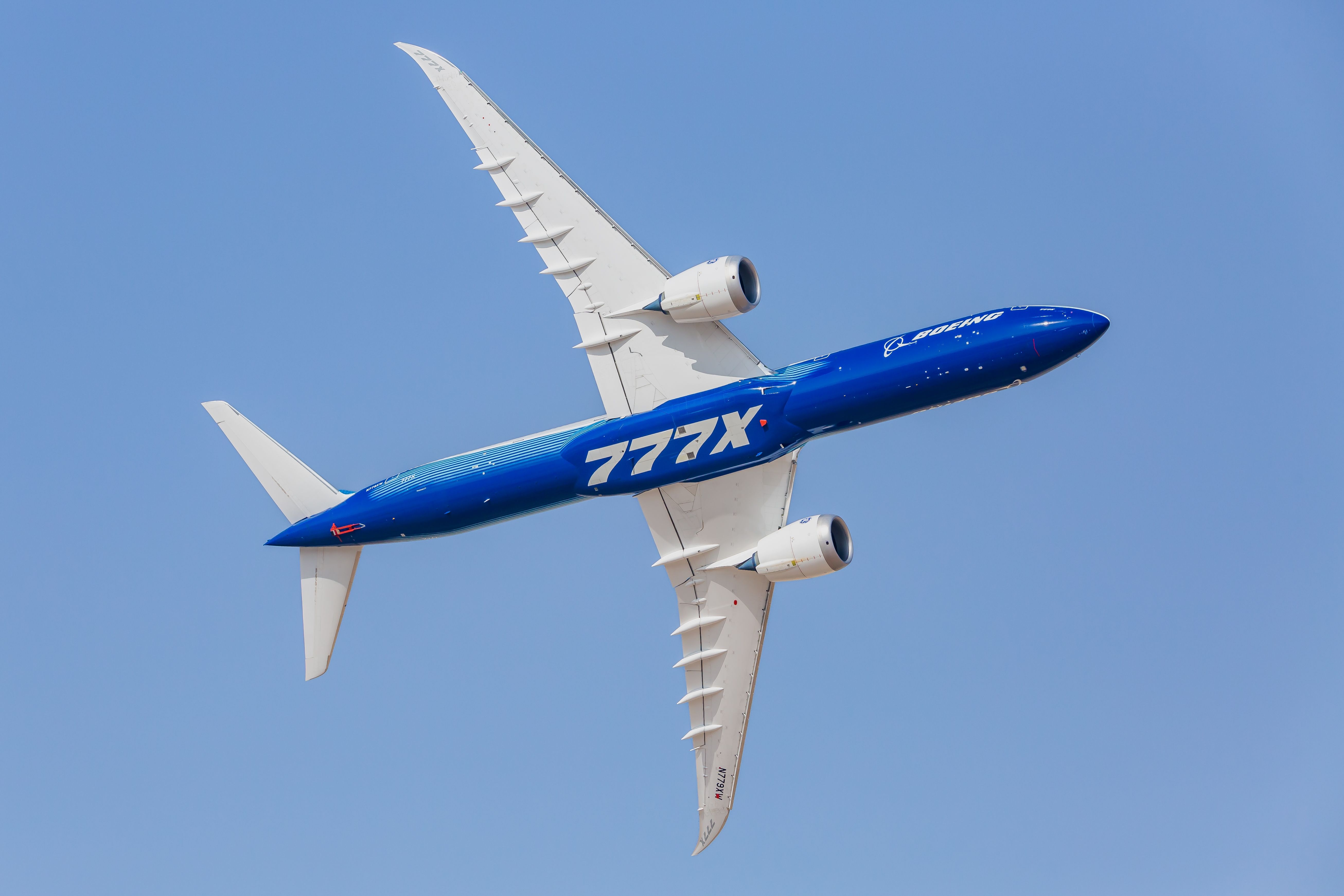
Related
Boeing 777X Vs Boeing 747 – Which Plane Is Best?
The two aircraft have a variety of similarities and differences.
Purchase costs
|
Boeing 747 Variant |
Price |
In year |
Today’s amount |
Notes |
|---|---|---|---|---|
|
747-100 |
$24 million |
1972 |
$160 million |
Last 747-100 was sold in 1986 |
|
747-SP |
$23 million |
1973 |
$154 million |
Last 747-SP was sold in 1989 |
|
747-200 |
$39 million |
1976 |
$192 million |
Last 747-200 was sold in 1991 |
|
747-300 |
$83 million |
1983 |
$232 million |
Production ended in 1990 |
|
747-400 |
$156 million |
1991 |
$350 million |
Production ended in 2005 |
|
747-8 |
$315 million |
2008 |
$405 million |
Production ended in 2023 |
To operate a 747, you have first to buy one. Over its 54-year run, Boeing produced over 20 civilian variants of the 747, which means that the market price for a 747 varies depending on the aircraft, equipment, and age.
Photo: Oliver Roesler | Lufthansa
A newer 747-8 costs roughly $250 million, but you’ll be hard-pressed to find an operator willing to part with an aircraft they’ve spent a lot of money on. Older models, such as the 747-400, can range between $60 – 30 million, while even older models, such as the 747-300/200, can be bought for as little as $10 million.
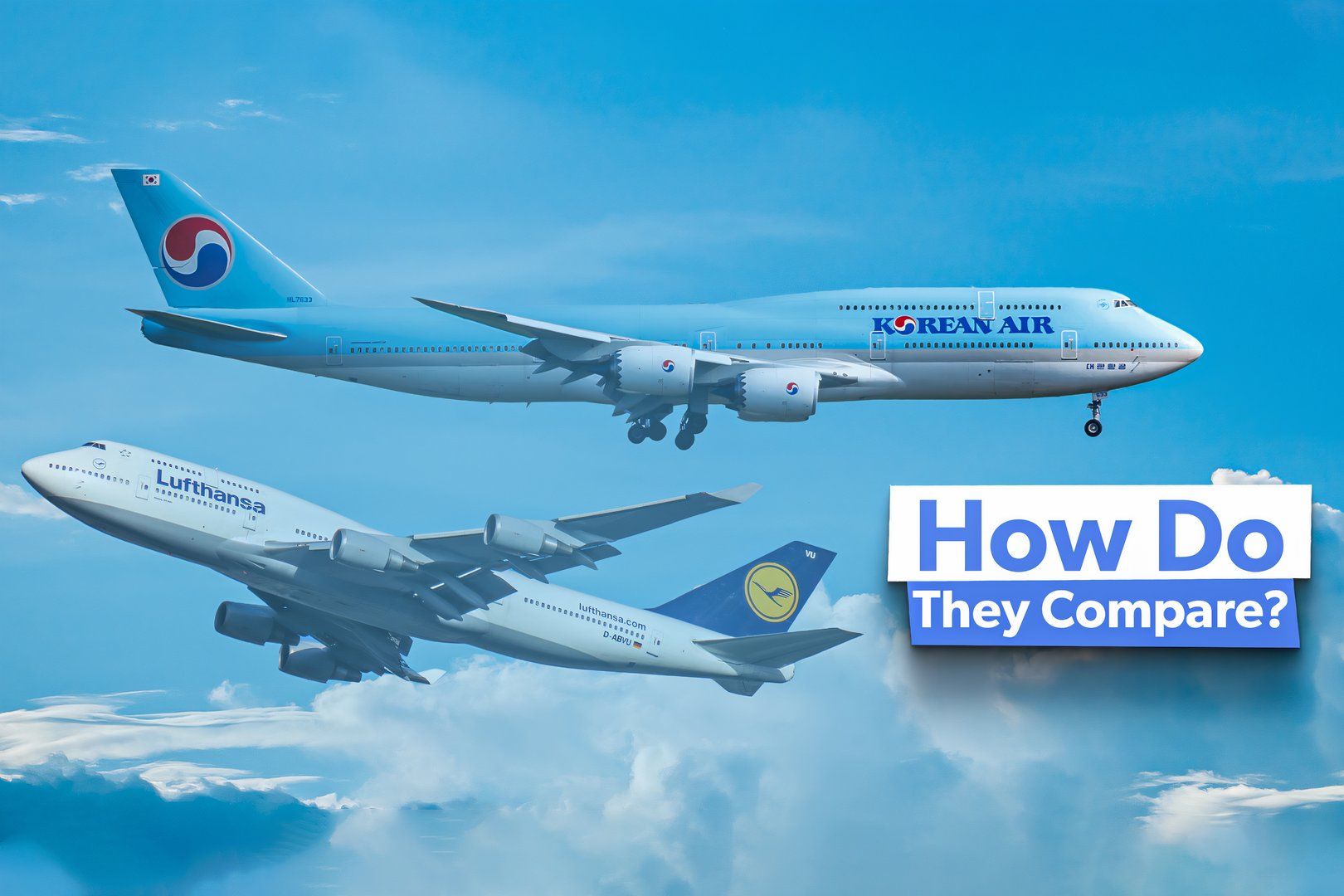
Related
Explained: The Key Differences Between The Boeing 747-400 & The 747-8
While the 747 variants are surprisingly similar in many ways, the newer model is larger, offers better performance, and increases efficiency.
What do you make of the operating costs of one of the largest commercial jets in the world? Have you traveled in a Boeing 747 recently? Share your experience in the comments section.

